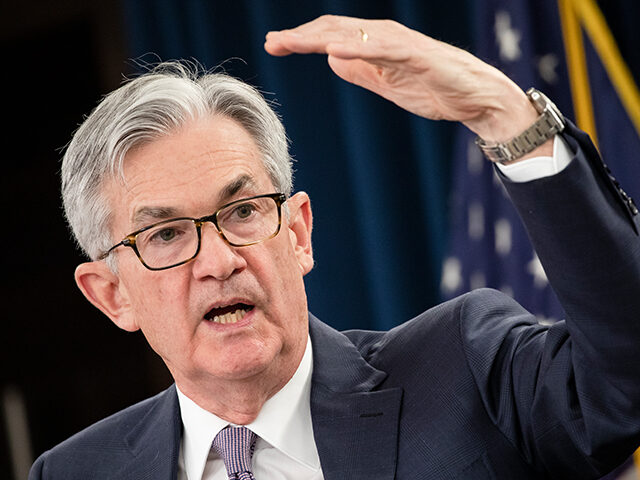The U.S. economy ended last year growing at an even stronger pace than previously thought, data from the government showed Thursday.
Gross domestic product, the official scorecard of the economy, grew at a 3.4 percent annualized rate in the final three months of 2023. The previous estimate had the economy growing at a 3.2 percent pace.
The figures are adjusted for inflation.
Consumer spending rose at a 3.3 percent annualized rate, much faster than the 3.0 percent rate estimated a month a ago.
Estimates of economic growth get revised as the government collects more data about output, consumption, and investment. The last update, the third since the end of the quarter, reflects an upward revisions to consumer spending and nonresidential fixed investment. Business investment in inventories was revised down, partly offsetting the upward pressure on GDP.
Inflation, as measured by the personal consumption expenditure (PCE) price index, rose at a 1.8 percent pace, matching the previous estimate. Core PCE inflation, which excludes food and fuel prices, rose at a 2.0 percent pace, a downward revision from the previous estimate of 2.1 percent.
Gross domestic income, an alternative measure of economic activity, rose at a 4.8 percent pace. This is the first estimate of GDI. Some economists average GDP and GDI as a way of approximating economic growth. The average in the fourth quarter was 4.1 percent.
GDP grew by 2.5 percent in 2023, compared with an increase of 1.9 percent in 2022. The increase was driven by faster growth in consumer spending, nonresidential fixed investment, state and local government spending, exports, and federal government spending.

COMMENTS
Please let us know if you're having issues with commenting.